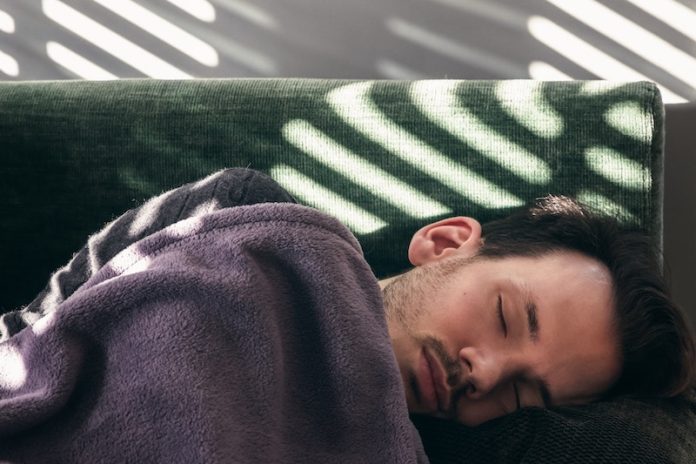
Recent research has accentuated a compelling linkage between certain sleep disorders, specifically sleepwalking and rapid eye movement sleep behavior disorder (RBD), and an elevated risk of developing Parkinson’s disease.
A comprehensive study involving approximately 26,000 men, spearheaded by Dr. Xiang Gao from Pennsylvania State University, embarks on an intricate journey to understand the underpinnings of this association.
Navigating Through the Intricate Realms of Sleep and Neurodegeneration
RBD is characterized by individuals acting out vivid, frequently unpleasant dreams through sudden arm and leg movements and vocalizations.
The study underscored that men exhibiting sleepwalking or RBD demonstrated a fourfold or higher risk of developing Parkinson’s disease in comparison to those who did not.
Dr. Gao elucidates, “Presence of parasomnia, such as sleepwalking and RBD, may be a marker of neurodegeneration,” highlighting a potential predictive element in identifying future neurodegenerative issues.
However, it’s vital to underscore that the study identifies a correlation, not causation, between these sleep issues and Parkinson’s disease.
Dissecting the Study: Profiling Risks and Unveiling Patterns
The demographic under the lens constituted men with an average age of 76. Less than 1% were identified as sleepwalkers, nearly 11% were diagnosed with RBD, and 1% had Parkinson’s disease.
The study accentuated that sleepwalking correlated with a quadrupled risk of developing Parkinson’s disease, RBD was associated with a sixfold increased risk, and the presence of both disorders manifested an eightfold heightened risk.
However, as James Beck, Chief Scientific Officer at the Parkinson’s Foundation, prudently notes, “there’s a lot of people who are sleepwalking and a lot of people who have REM behavior sleep disorder who don’t have Parkinson’s disease.”
Thus, while the risk is ostensibly increased, it doesn’t unequivocally predicate the development of Parkinson’s.
Beyond Gender: Questions and Future Avenues
A critical aspect that necessitates further exploration is whether similar risk parameters are observable in women, a potential focus for ensuing research.
Dr. Gao also underscores that future studies should aim to discern whether sleepwalking is an antecedent to Parkinson’s onset and determine the proportion of individuals with sleepwalking who ultimately develop Parkinson’s and other neurodegenerative ailments.
Bridging Sleep Disorders and Parkinson’s Disease: A Neurological Puzzle
Beck proposes that these sleep disorders might be emblematic of the brain’s incapacity to disengage from physical activity during sleep, a phenomenon that might unravel the nexus with Parkinson’s disease.
He conjectures, “this may be happening at a small level for many people with Parkinson’s—they just don’t sleep well—and then for a subset, you see profound changes which are occurring that can lead to these [sleep] problems.”
Conclusion: Illuminating a Path, Yet Veiled in Mystery
As we peer into the complex tapestry that intertwines sleep disorders and Parkinson’s disease, the research shines a light on potential predictive markers while concurrently veiling the subject in a shroud of mystery and unanswered questions.
While the findings carve out a novel path in understanding Parkinson’s, it beckons a deeper dive into the neuroscientific abyss to unravel the mechanisms and causality, potentially unlocking new preventative and therapeutic avenues in the future.
If you care about Parkinson’s disease, please read studies about Vitamin E that may help prevent Parkinson’s disease, and Vitamin D could benefit people with Parkinson’s disease.
For more information about brain health, please see recent studies about new way to treat Parkinson’s disease, and results showing COVID-19 may be linked to Parkinson’s disease.
The research findings can be found in JAMA Network Open.
Follow us on Twitter for more articles about this topic.
Copyright © 2023 Knowridge Science Report. All rights reserved.



